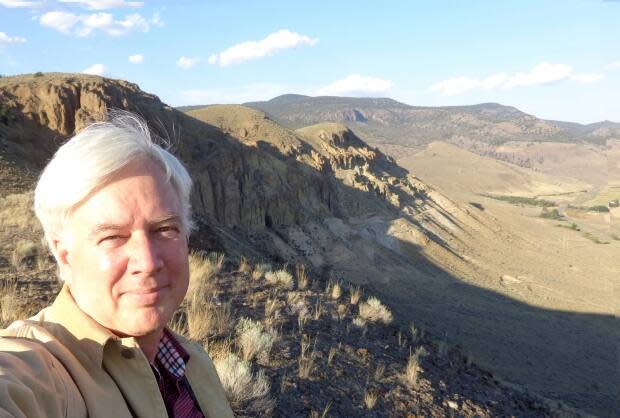B.C. fossil discovery demonstrates 50-million-year-old link between Canada and Australia
An insect fossil found near Kamloops, B.C., has researchers questioning the global movement of animals and evolutionary changes based on climate.
The fossil, estimated to be 50 million years old, was found in B.C., but its closest relatives now live exclusively in Australia. This has experts contemplating a Canada-Australia connection that had not been considered.
"I'm starting to see insects which are shared with Australia today and that's a little bit harder to explain, that's more mysterious," said paleontologist Bruce Archibald, who discovered the fossil.
"Australia was not connected by land with B.C. [at that time]."
The fossil is part of the "split-footed lacewing" family, and it is only the fourth of its kind found from that time, worldwide.
"These fossils are rare," said Vladimir Makarkin of the Russian Academy of Sciences in Vladivostok.
"It adds important information to our knowledge of how they became modern."
This new fossil isn't a one-off situation — Archibald said he's found ants and wasps preserved in B.C. that live only in Australia today.

The connection may be related to climate; the ancient British Columbia temperate upland where the lacewing lived had very mild winters, which is similar to that of modern-day Australia.
"It could be that these insect groups are today restricted to regions of the world where climates in key ways resembles those 50 million years ago in the far western Canadian mountains," Archibald said.
The connection could also have come to be if the species travelled by land, possibly from Canada to Asia, down through Southeast Asia to Australia, or from Canada to South America and over to Australia.
"What we do know is that these things did move across the globe as they did, and we can't explain the physical connection so well at this point which is another wonderful mystery," Archibald said. "But the climate thing seems pretty strong."
Kamloops region and fossils 'very important'
Archibald said the Kamloops region and the fossils that have been found it in are "very important" for helping scientists understand the history of movement and distribution of animals throughout the world.
"It's the little things that tell the big story," he said. "These things are valuable and deserve our respect."
"The more we know about these insects, the more we can piece together the history of how climate and the movement of continents have shaped global patterns of the distributions of life that we see in our modern world," Makarkin said.
"To understand where we are today and where we may be going with the big changes that we are seeing in global climates, we need to understand what's happened in the deep past."

